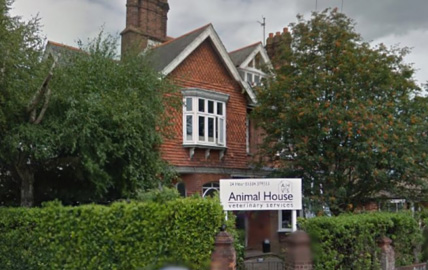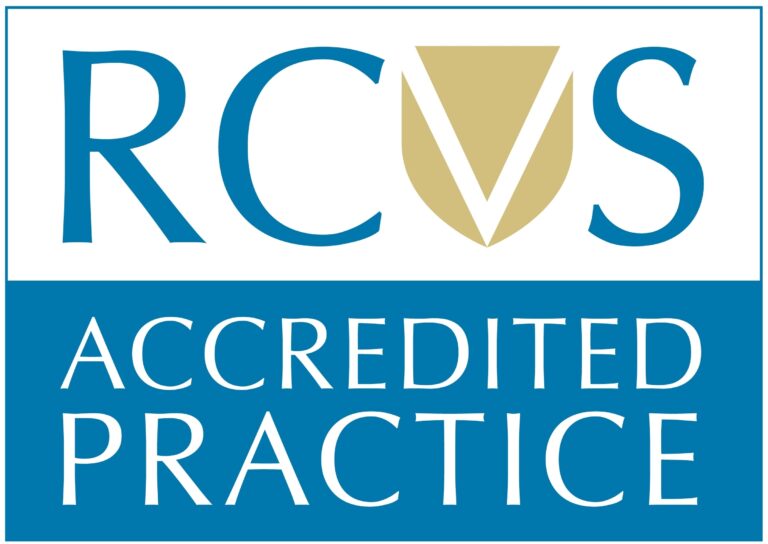Premier Veterinary Care For South & East Kent
Find out more about our services and register your pet.
Welcome to
Animal House
Our mission is simple, to provide the best possible veterinary care for your pets. Your animal’s health is our highest priority and excellent customer service is our goal.
Established in 2007 and proud to be independently owned and run. Over 5000 local families have entrusted their pets to our care. With an experienced and well established team of vets and nurses, we are committed to go above and beyond to provide the best possible care at a reasonable cost.
We are also excited to have partnered with VidiVet, a smart phone/tablet app that gives you FREE OF CHARGE access to an experienced vet, 24/7. You can send videos, photos or text your concerns and a vet will reply within minutes to help guide you with the next steps.



#yourcommunityvet doing the very best for your pet.
Whether you need routine treatments, more complicated procedures or preventative healthcare where you can spread the cost over the year. At Animal House we strive to ensure that your best friend receives the best treatment possible, all of the time.
Facilities We Provide
“Your animal’s health is our highest priority and excellent customer service is our goal”
- X-ray & ultra sound facilities
- Dental X-Ray
- Modern surgical equipment & facilities
- In-house Orthopaedic specialist
- Full in-house Labratory equipment
- All clinical staff qualified and RCVS registered
- Free on site parking
- Home visits
- Cat friendly facilities
- Fear free trained staff
- Isolation facilities
Meet Our
Awesome Team
Debbie Eske
Debbie Eske
Alison Sykes
Alison Sykes
Martina Hood
Martina Hood
Lin Saunders
Lin Saunders
Register
Prescriptions
Health Plans
Our Blogs

Keeping your pets safe in the cold
If you have an elderly or sickly dog, buy a coat or jumper to keep them warm. Stay safe when walking your dog in the dark. Wear reflective clothing and a reflective collar or light for your dog’s collar.

How to Tablet Your Pet
If you need to give your dog a tablet and it can’t go in their food, follow these steps to make it as easy and stress-free as possible.

How to properly switch your pet’s food
Introducing your dog to a new food should be done slowly, to avoid any potential stomach upsets. Follow our simple, seven day guide to ease your dog onto their new diet safely and carefully.
Rescue Centres
We Support





